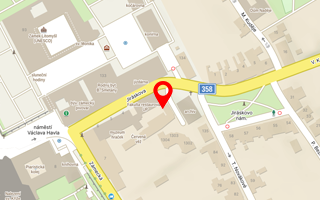Publikace detail
Re-restoration of the sgraffito facades of the Entrance Tower of the Litomyšl Chateau
Autoři:
Vojtěchovský Jan
Rok: 2022
Druh publikace: článek ve sborníku
Název zdroje: Sgraffito in Change : Original Realization vs. Secondary Interventions (conference proceedings)
Název nakladatele: Univerzita Pardubice
Místo vydání: Pardubice
Strana od-do: 244-262
